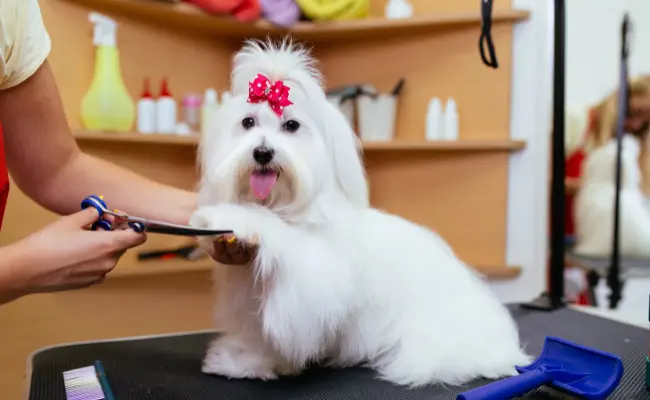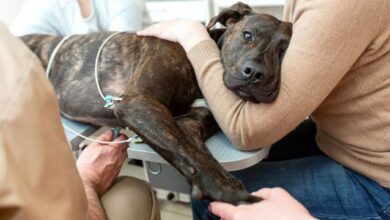
Regular grooming plays a vital role in maintaining the health, appearance, and overall well-being of your furry friend. From keeping their coat clean and tidy to maintaining healthy skin and nails, dog grooming is an essential part of responsible pet care. By following these best dog grooming tips, you can ensure your canine companion looks and feels their best.
I. Brushing Regularly
Regular brushing is crucial for keeping your dog’s coat clean and tangle-free. It helps remove loose hair, dirt, and debris while stimulating the skin and distributing natural oils for a healthy coat. Choose the appropriate brush for your dog’s breed and coat type. Brush gently, paying attention to sensitive areas like the belly, tail, and ears.
II. Bathing Techniques
Frequency: The frequency of baths depends on your dog’s breed, activity level, and coat condition. Generally, bathing once every 4-6 weeks is suitable for most dogs. Use a dog-specific shampoo that is mild and free of harsh chemicals. Avoid over-bathing, as it can strip the skin of essential oils.
Proper Bathing Steps: Thoroughly wet your dog’s coat with warm water and apply shampoo, lathering gently. Rinse thoroughly, ensuring no residue remains. Be cautious around the face, using a damp cloth or sponge for gentle cleaning. After bathing, dry your dog thoroughly to prevent dampness and potential skin issues.
III. Nail Care
Cutting your dog’s nails is important for their ease of mobility. Use proper dog nail clippers and trim the tips, avoiding the quick (the sensitive area that contains blood vessels). If you’re unsure or uncomfortable doing it yourself, consult a professional groomer or veterinarian to avoid injury.
Related Post: The 10 Best Dog Hair Dryers
IV. Ear Cleaning
Regular ear cleaning prevents infections and removes dirt and wax buildup. Use a dog-specific ear cleaner and gently wipe the outer ear with a soft cloth or cotton pad. Avoid inserting anything deep into the ear canal. If you see swelling, redness, or a bad smell, consult your veterinarian.
V. Dental Hygiene
Good dental care is vital for your dog’s overall health. Regular brushing with a dog-specific toothbrush and toothpaste helps prevent tartar buildup and gum disease. Start slowly, allowing your dog to get accustomed to the process. If brushing is challenging, consider dental chews or oral rinses recommended by your veterinarian.
VI. Handling Anxiety and Stress
Some dogs may experience anxiety or stress during grooming. Introduce grooming gradually, using positive reinforcement and treats to create a positive association. Patience and a calm environment are key. If severe anxiety persists, consult a professional dog trainer or behaviorist for assistance.
VII. Professional Grooming
While many grooming tasks can be done at home, professional grooming can be beneficial, especially for dogs with specific needs or certain coat types. Professional groomers have expertise in handling different breeds, providing specialized haircuts, and addressing specific grooming requirements.
Conclusion
Regular dog grooming is a vital aspect of responsible pet ownership. By following these best grooming tips, you can maintain your dog’s hygiene, prevent skin issues, and enhance their overall well-being. Remember to be patient, use appropriate grooming tools and products, and prioritize your dog’s comfort throughout the process. A well-groomed dog not only looks great but also feels healthy and happy, strengthening the bond between you and your beloved pet. If you are interested to buy puppies, please click on the link.




